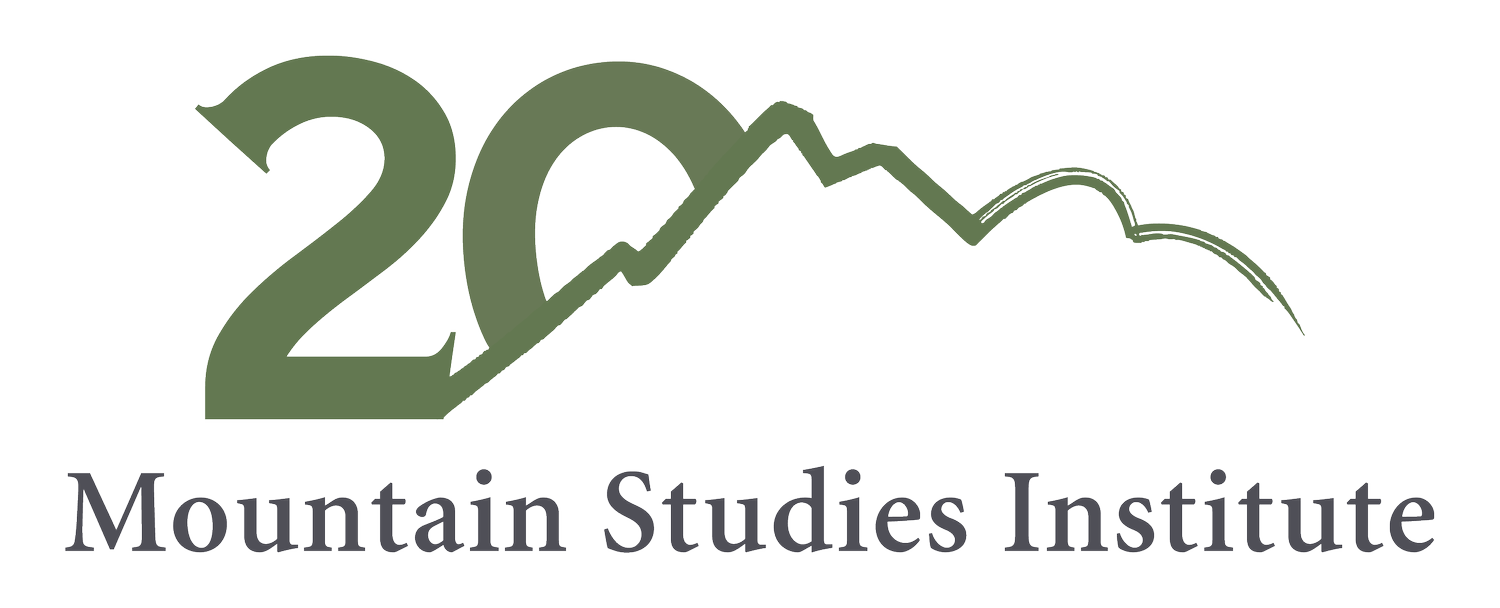Knees Deep
August 6, 2015 was a seemingly normal morning. Scott Roberts and Aaron Kimple sat in their office, writing reports. And then a friend delivered the news: three million gallons of orange acid mine drainage was headed from the Gold King Mine in Silverton down the Animas River toward Durango.
An aquatic ecologist by training, Scott had only joined MSI four months prior to lead MSI’s river health program. Little did he know, the Gold King release would quickly become a focal point in the community and understanding the repercussions of the event would become a major research objective.
Thinking the plume could arrive any second, Scott and Aaron grabbed sampling bottles, a pH probe, and nets and ran down to Rotary Park, just blocks from the office. The release charged quickly through the steep and narrow Animas River canyon, but slowed as soon as it reached the flat valley below. With more time than expected, MSI’s team got to work taking water samples every hour and conducting a thorough survey of benthic macroinvertebrates (aquatic bugs). For the scientists, it was immediately clear that they would need a snapshot of conditions before, during, and after the release moved through Durango.
Darkness fell and there was still no evidence of the electric orange plume. Marcie Bidwell, Executive Director, joined Scott and Aaron on the banks of the Animas to take turns sampling, checking the river’s color with flashlights, and running into town for food. Finally, the neon orange made its unmistakable appearance around 11pm. Samples were gathered every 30 minutes for two hours. Following the plume’s passage, MSI installed an automated sampler to collect at least one sample per day throughout the fall and then gradually decreased the frequency of sampling to one sample per week.
On August 7, the EPA addressed a panicked community, but didn’t yet have any concrete data to share. When an audience member pleaded for at least some interim information, Marcie stepped forward to share MSI’s results from the night before. Community concerns continued to drive MSI’s research, inspiring them to also monitor river conditions during storm events and spring runoff. Now nearly two years after the spill, data show no negative impacts to aquatic life from the event and no persistent threat to the use of the Durango stretch of the River for recreation, agriculture, or drinking water supply.
When the community needs it most, MSI is there with science people can use.
And our work isn’t over. We’re still working on long-term monitoring to better understand the effects of the Gold King release and our mining history on aquatic life, water quality, and our community. You can learn more at the links below, or support our efforts by donating to MSI.





